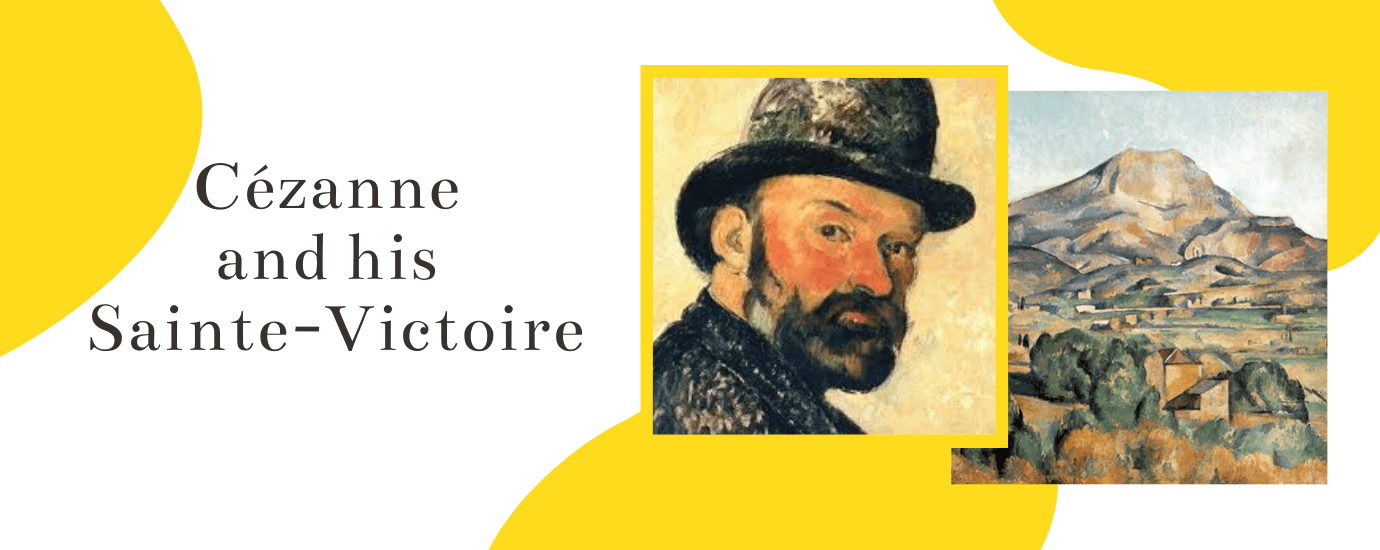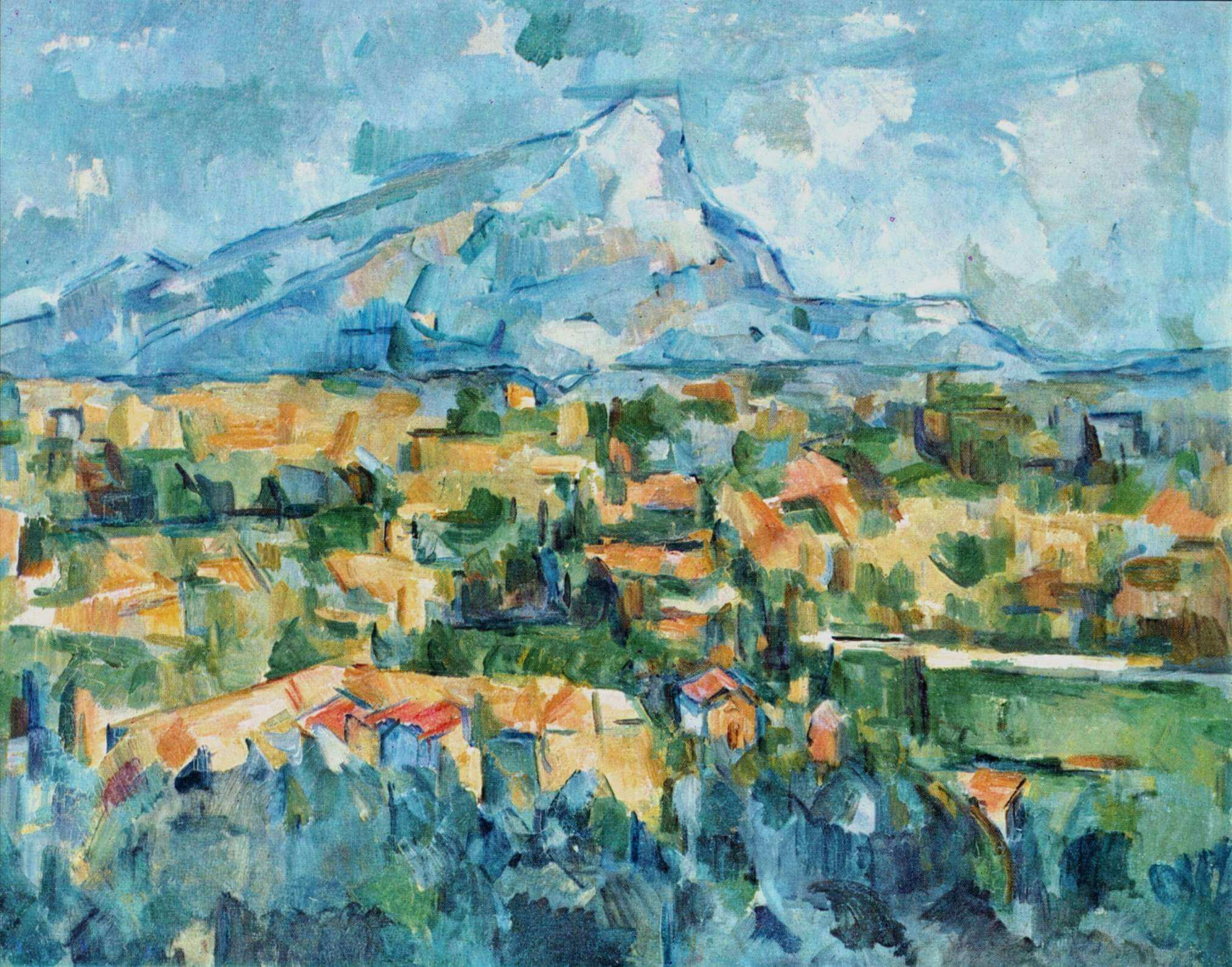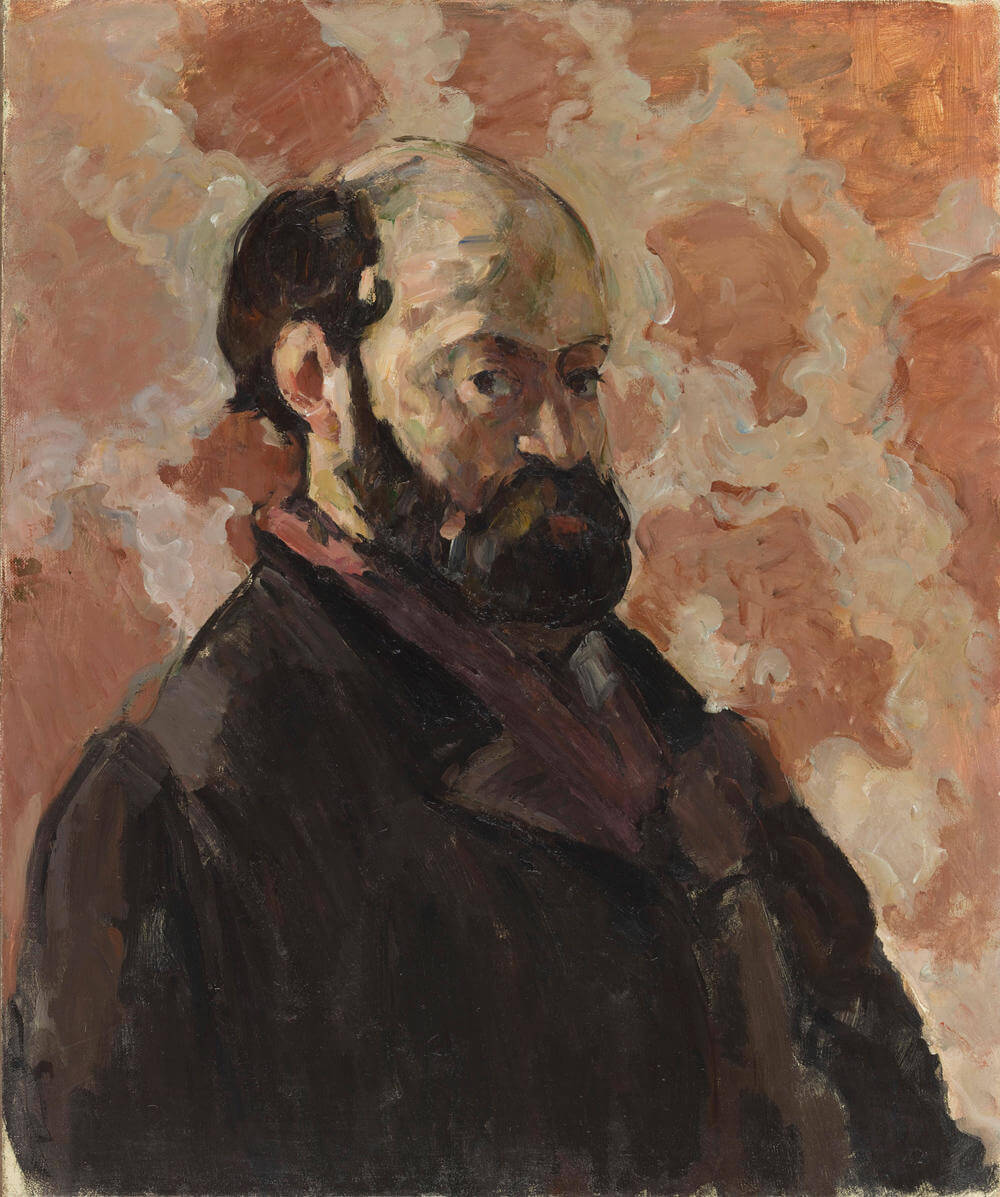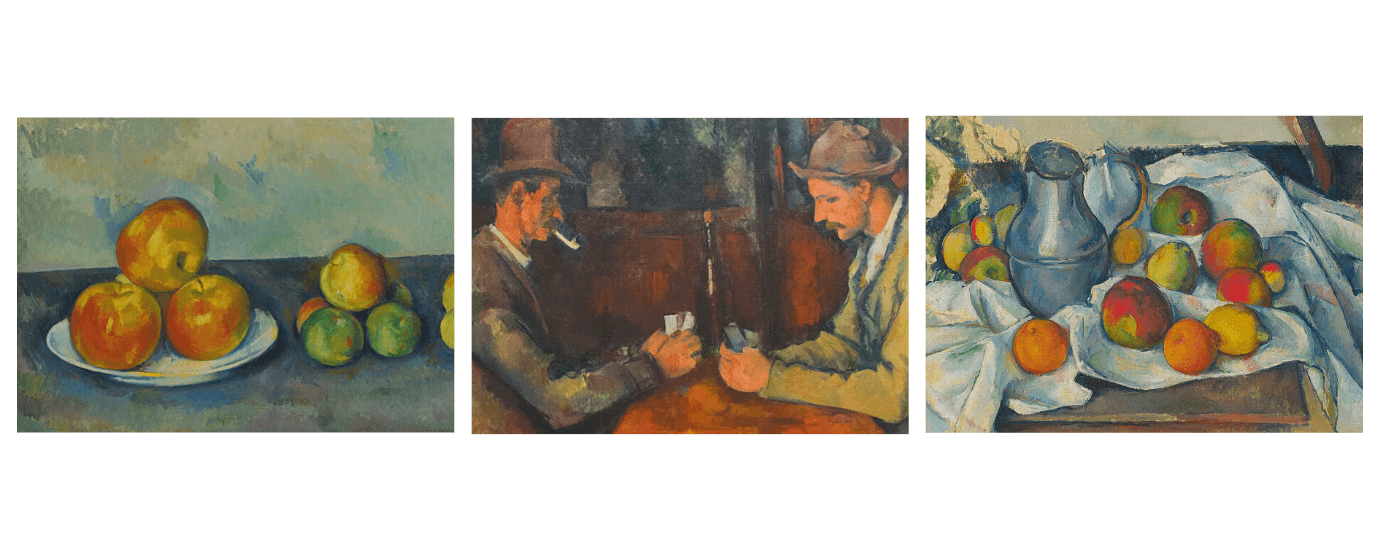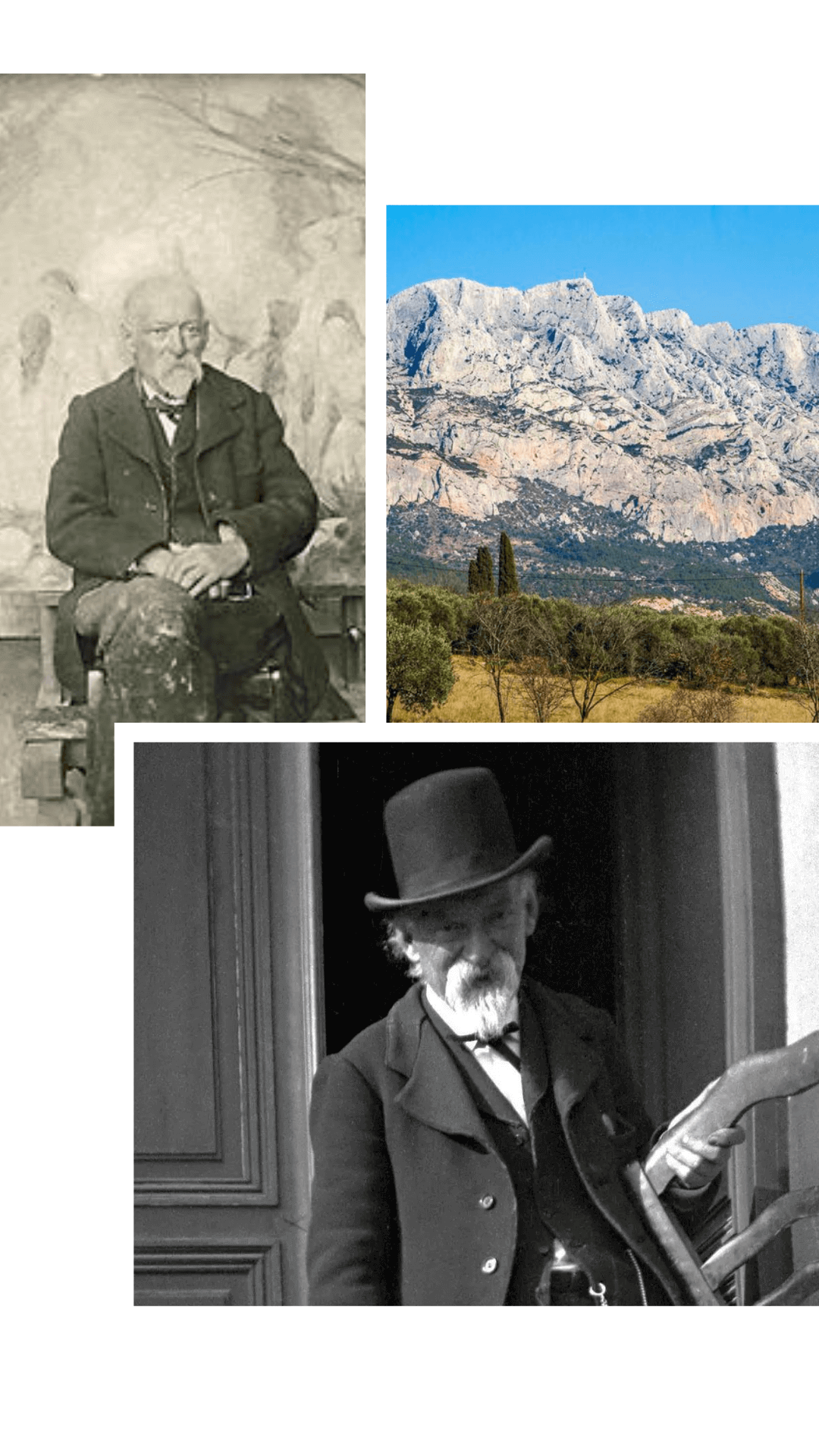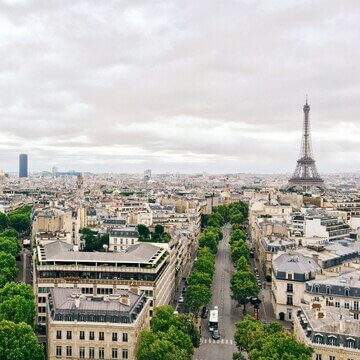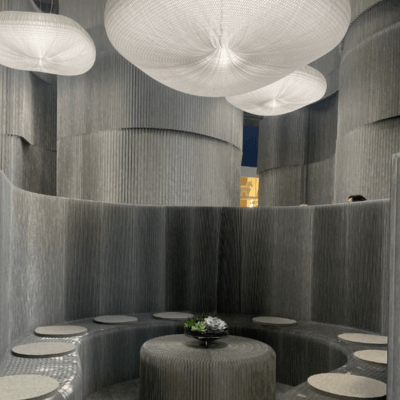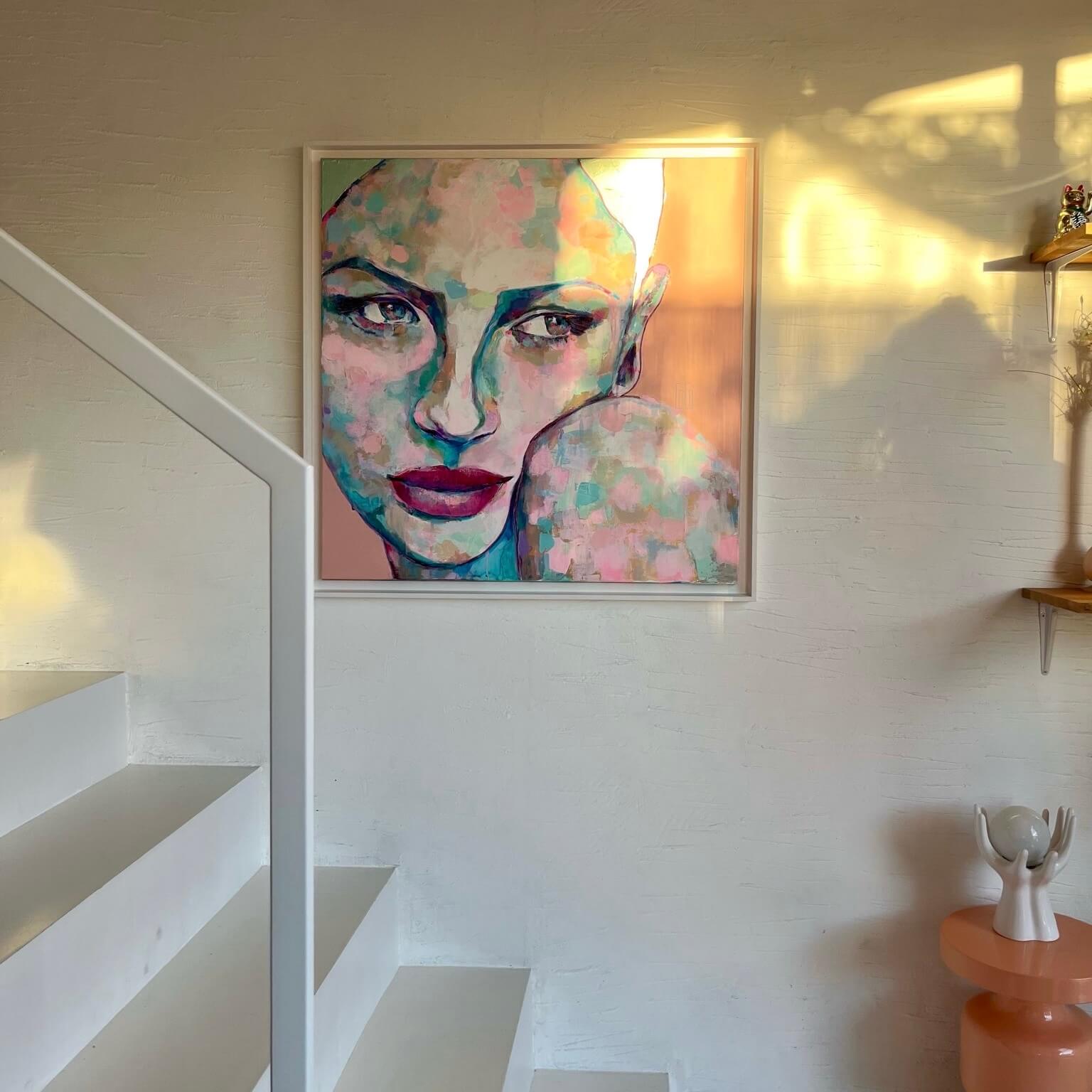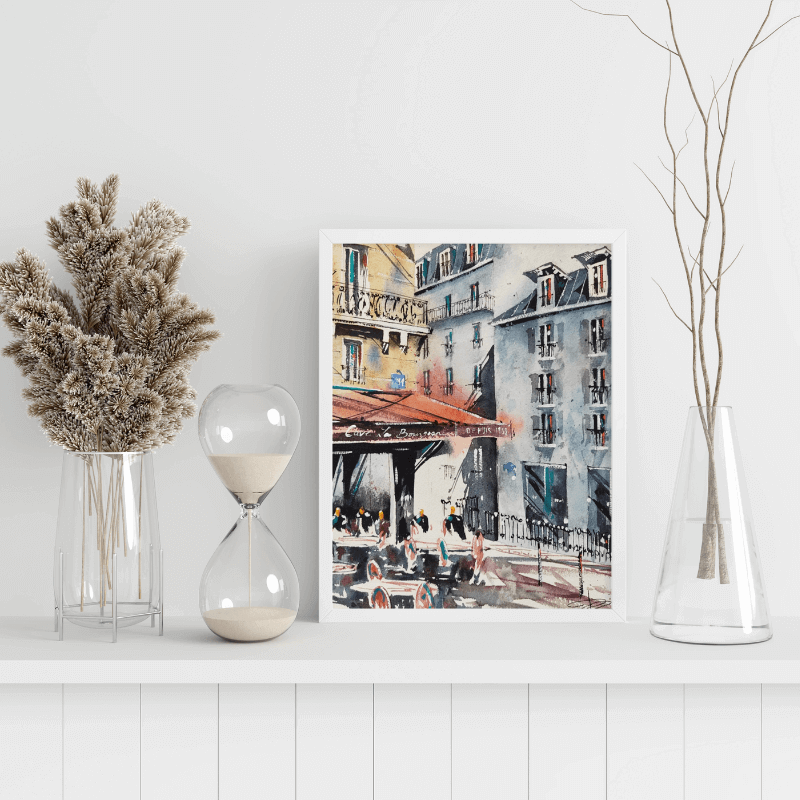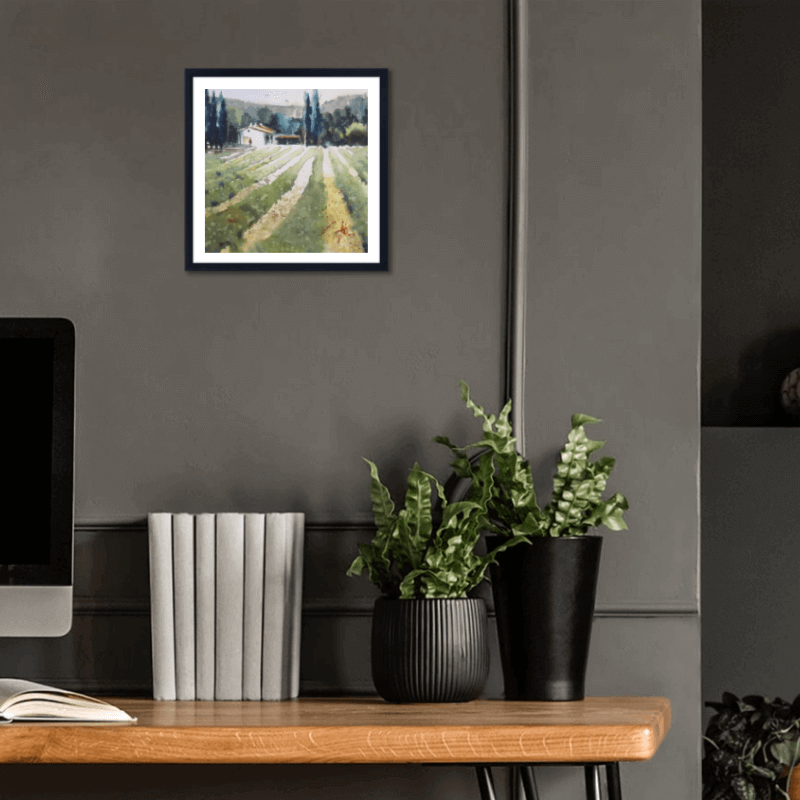THE MOUNTAIN IN THE CITY
If we are talking of a purely geological point of view, the Sainte-Victoire mountain is an atypical limestone massif which dominates the Provencal plateau, from the foot of Aix-en-Provence to the border of Haut-Var.
Culminating at 1011 meters above sea level, the mountain timidly appears in the universe of literature and painting only as of the eighteenth century.
Few authors and artists have dared to look into it.
Jean-Pierre Papon in 1780, Walter Scott in 1824, and even Stendhal in 1837 evoked it with their pen.
"This Mount of Victory which ascends to heaven like an altar" wrote the poet Joachim Gasquet in 1897 in Narcissus, a philosophical and poetic novel.
Culminating at 1011 meters above sea level, the mountain timidly appears in the universe of literature and painting only as of the eighteenth century.
Few authors and artists have dared to look into it.
Jean-Pierre Papon in 1780, Walter Scott in 1824, and even Stendhal in 1837 evoked it with their pen.
"This Mount of Victory which ascends to heaven like an altar" wrote the poet Joachim Gasquet in 1897 in Narcissus, a philosophical and poetic novel.

